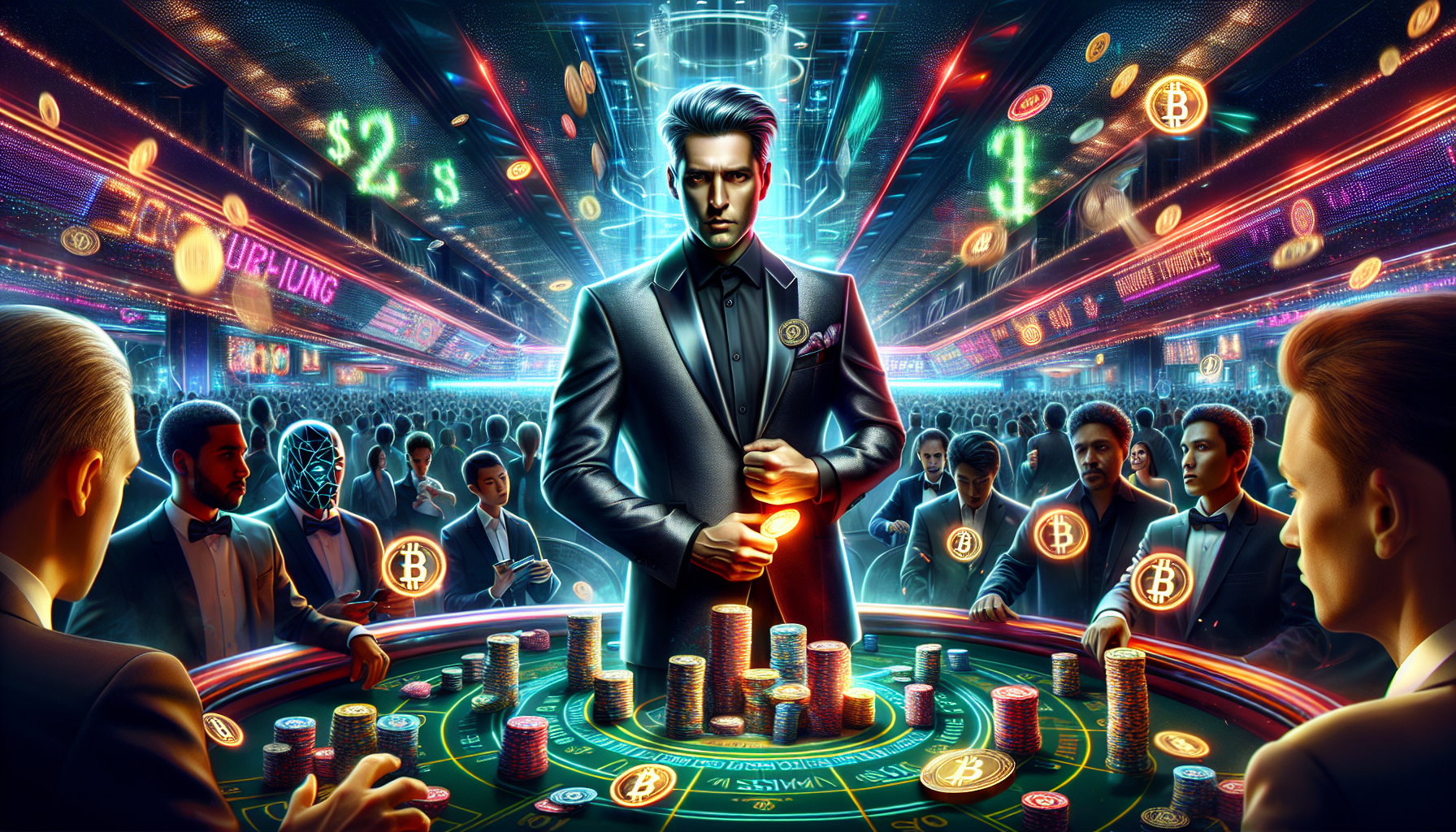
tl;dr
A Galaxy Digital report reveals meme coins are a zero-sum game where infrastructure platforms profit as retail traders lose. Launchpads, DEXs, and bots capture massive revenues, while retail investors face negative expected value, mirroring a casino where the house always wins.
**The Meme Coin Paradox: How Infrastructure Providers Profit While Retail Traders Lose**
A new report by Galaxy Digital reveals a striking reality in the world of meme coins: while they attract millions of participants with promises of quick gains, the true winners are not the traders but the infrastructure providers that power the ecosystem. The report, led by analyst Will Owens, highlights how platforms like launchpads, decentralized exchanges (DEXs), and automated trading bots capture vast revenues, leaving most individual participants in the red—a zero-sum game with a negative expected value (EV).
### The Meme Coin Paradox: Mass Participation, Concentrated Profits
Meme coins, often born from internet trends or jokes, have surged in popularity over the past decade. Their ease of creation has led to an explosion of tokens, with over 57 million meme coins across major blockchains like Ethereum, Base, and BNB Chain. However, the report underscores that this boom is not a win for all.
“Trading meme coins is less about fundamentals and more about cultural arbitrage—predicting or front-running attention cycles,” Owens explains. Traders are lured by the potential for rapid profits, but the long-term outcome is often disastrous. “In the long run, the vast majority of market participants end up losing money trading meme coins, and in many respects, it’s just plain gambling.”
### The Infrastructure Stack: Who Really Benefits?
The meme coin ecosystem functions as a layered stack, with value concentrated at the infrastructure level. At the base is Solana, which hosts 56% of all meme coins, including over 32 million tokens—a 300% increase since early 2024. Its low fees and high throughput make it the preferred blockchain for meme coin activity, though its share of DEX trading volume has dropped from 60% in January to 20–30% in 2024.
**Launchpads** like Solana’s Pump.fun have industrialized token creation, using bonding curves to guarantee liquidity. Pump.fun alone has launched 12.9 million tokens, accounting for 40.31% of Solana’s total. However, the value distribution is highly skewed: just 12 tokens on the platform represent 56% of its $4.8 billion fully diluted market cap (FDMC), with the rest split among millions of others.
**DEX aggregators** and **automated market makers (AMMs)** such as Jupiter, Raydium, and Pump.fun’s PumpSwap further extract value by facilitating post-launch trading. Meanwhile, **trading bots** like Axiom, BONKbot, and Trojan enable “sniping”—purchasing tokens at launch—which fuels a hyper-competitive, player-versus-player (PvP) environment. Axiom, for instance, has generated over $200 million in revenue with a team of fewer than 10 people.
### The Role of Communities and KOLs
Key opinion leaders (KOLs) and online communities also play a critical role. Platforms like X (formerly Twitter) and Telegram amplify memes through coordinated campaigns, creating artificial demand. “Communities are incentivized to push their token higher, with collective belief substituting for fundamentals,” Owens notes. Meanwhile, token deployers and insiders often retain large portions of supply, dumping into retail liquidity for profit.
### Retail Traders: The Losers in the Game
For most retail traders, the odds are stacked against them. The median hold time for Solana meme coins has dropped to 100 seconds—down from 300 seconds a year earlier—indicating rapid, high-frequency trading. Risks like honeypots (tokens that block sells), rug pulls (insiders draining liquidity), and vamping (copycats siphoning value) further erode trust. High-profile scandals, such as the LIBRA token incident, have left traders with millions in losses while insiders profited.
### The Casino Analogy: The House Always Wins
The report concludes that while meme coins serve as an onramp to cryptocurrency, the speculative frenzy primarily enriches infrastructure providers. “It’s the house—not the players—that always wins,” Owens writes. For most participants, trading meme coins remains a negative EV endeavor, mirroring a casino where the odds are rigged in favor of the house.
In this paradox, the meme coin ecosystem reflects a broader trend: innovation and participation are driven by a few, while the many bear the costs. As the market evolves, the question remains: who truly benefits from the next viral trend?